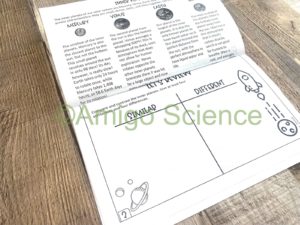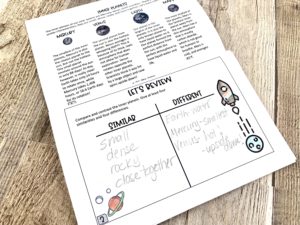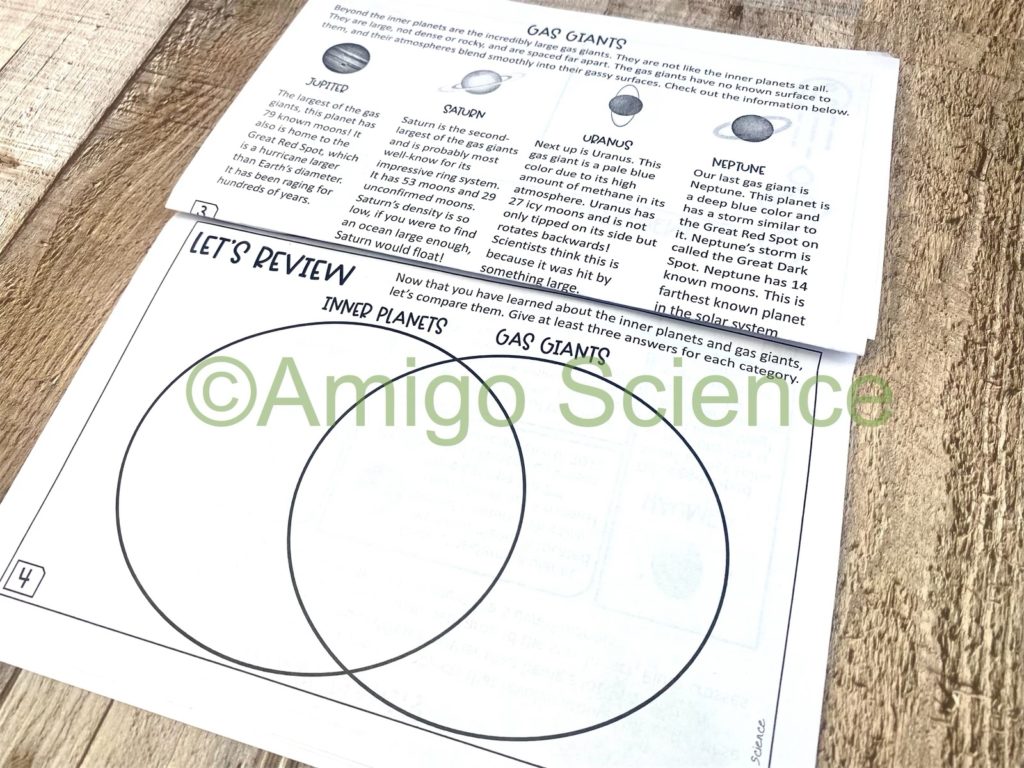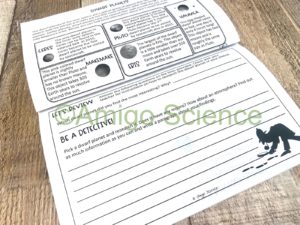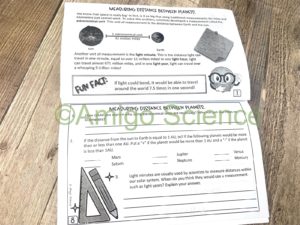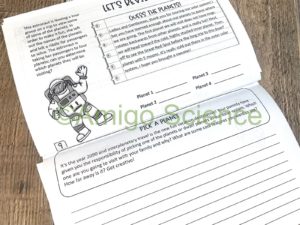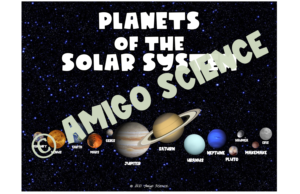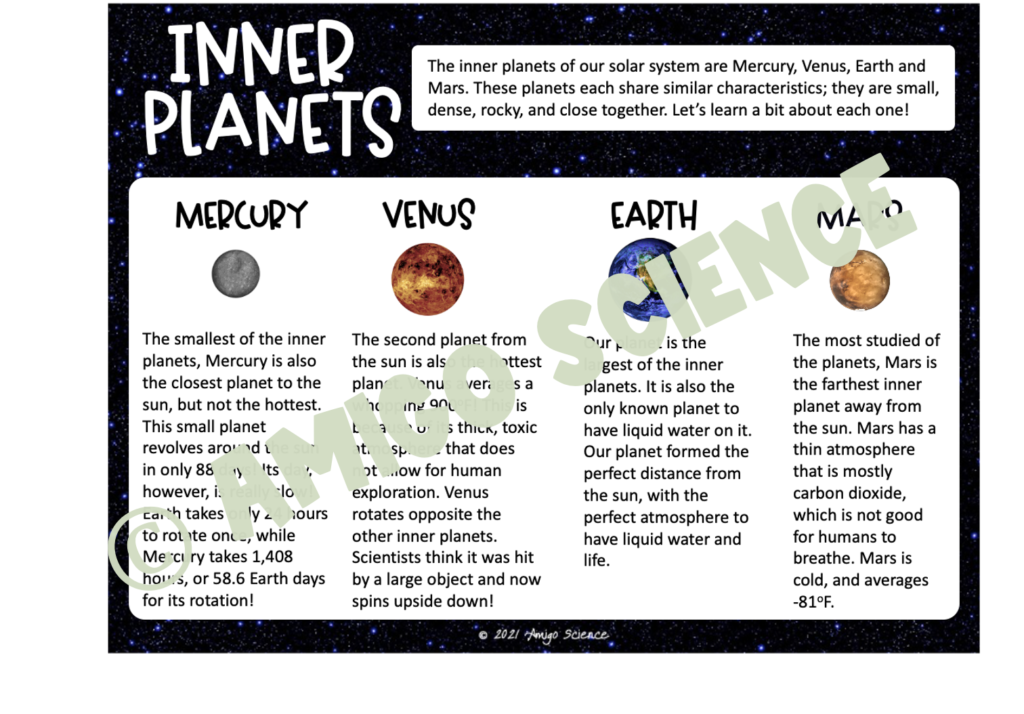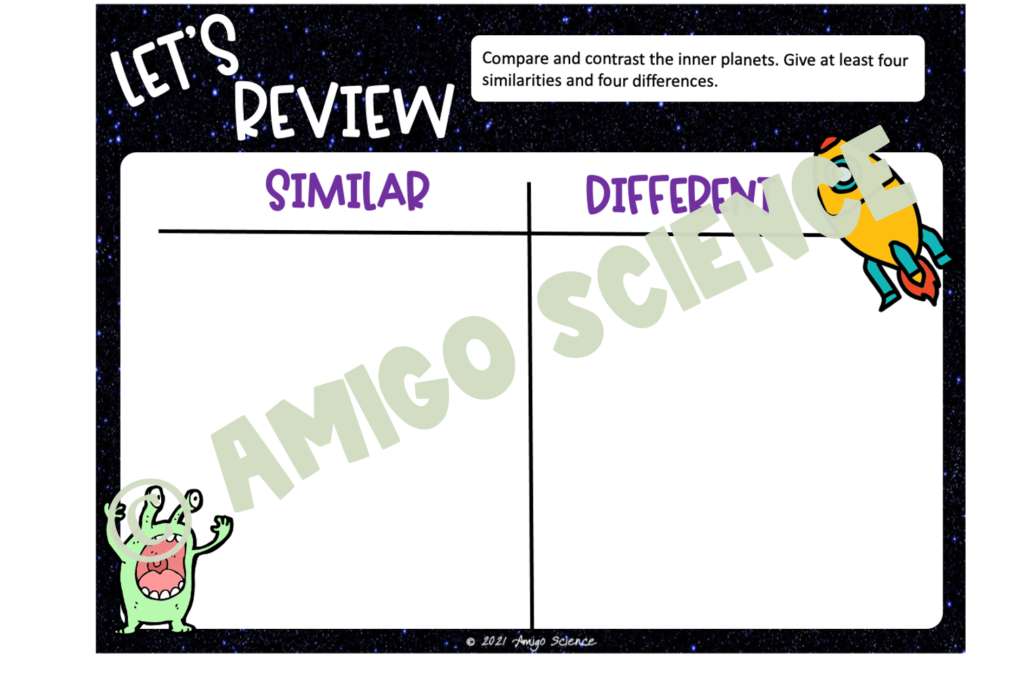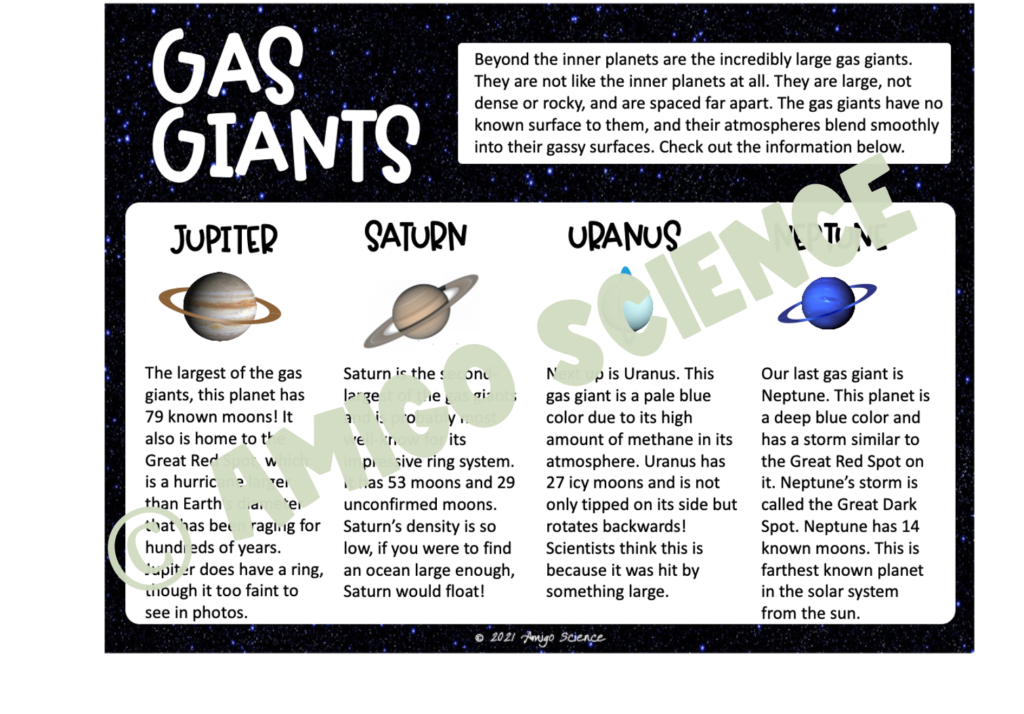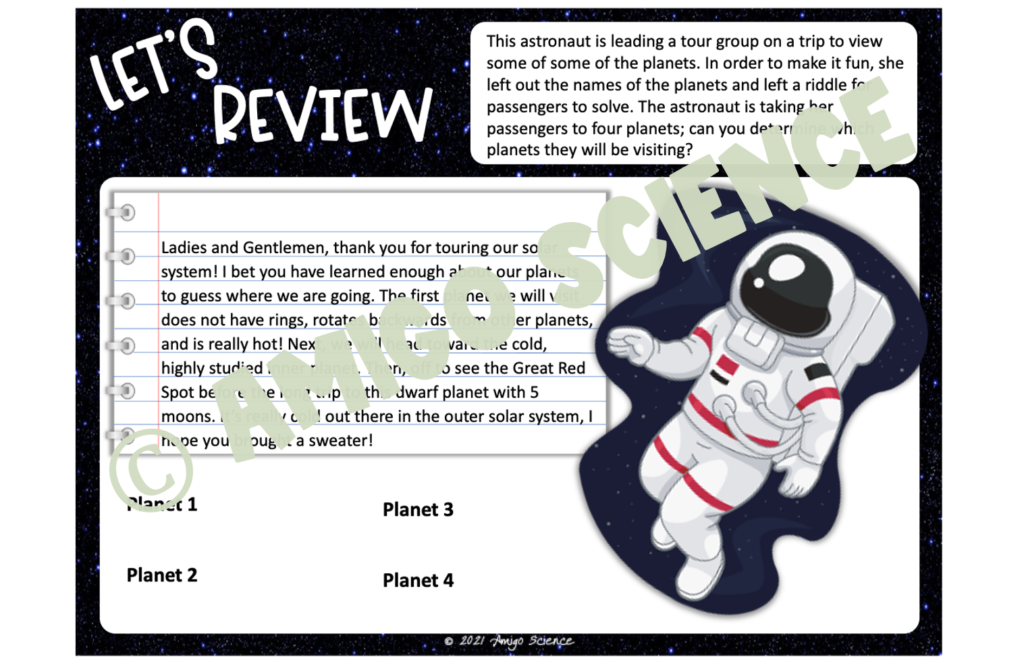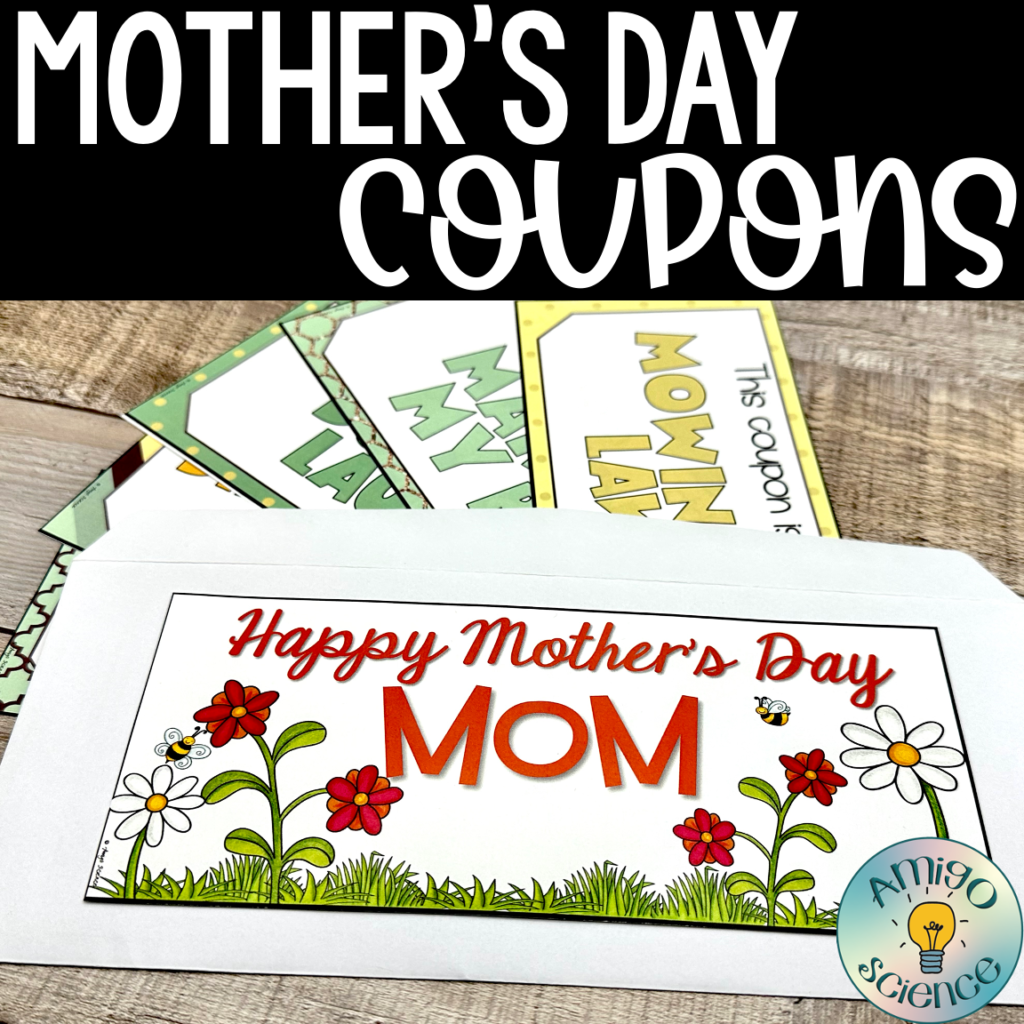Inside: Change the way solar system projects are normally done and complete a flip book - digital or print for your project.
Solar system projects are usually thought of as messy, paint and styrofoam ball hanging from string. Many of our classes are virtual or hybrid, and that may not be in the best interest of all your students.
How about a way to teach the planets of the solar system by using a digital or print flip book? In-school students can complete the print version and online or quarantining students can complete the digital version. Click here to jump directly to the digital version.

Before running to the craft store, try teaching your students about the planets with a fun flip book that informs about all planets in our solar system: inner planets, gas giants and dwarf planets. Not sure about the dwarf planets? No problem! This flip book has everything included and can even be completed independently by your students.

I’m a middle school Science teacher and TPT author. My goal is to share useful resources to make your life easier.
Do you want science freebies, tips and survival techniques? To start you out, you will receive a HUGE planets lesson!
Table of Contents
Need Help Learning About the Solar System?
Before beginning this project with your students, you may want to brush up on your solar system skills. My absolute go-to is NASA. Who else is better, right? Here are some sites you can use for yourself and your students.
- Cool 3D view of our planets in their orbit around the sun.
- Super cool NASA website for kids.
- NASA Kid’s Club

This project is separated into five parts: inner planets, gas giants and dwarf planets. Then, students will learn about the Astronomical Unit, which is the standard unit of measurement between planets. One Astronomical Unit, or AU is equal to the distance between Earth and the sun, or an average of 93 million miles. Finally, students will complete a fun review of the planets they have learned in this lesson. Now, your class has had a great introduction or review of the planets in our solar system.
First Things First: Assembly
This part is designed to be super easy! When printing out a copy for each student, choose 2 sided, flip on long edge, and collated. This will ensure you just need to fold and staple for a ready-to-use booklet.
Printable Solar System Project Explained
Part 1: Inner Planets
On page one and two, students are introduced to the inner planets of the solar system: Mercury, Venus, Earth and Mars. These planets are similar in nature since they are small, dense, rocky and close together. They also do not have many moons compared to the gas giants. Students learn basic facts about these planets. On the next page, they will compare and contrast the inner planets with themselves.
Part 2: Gas Giants
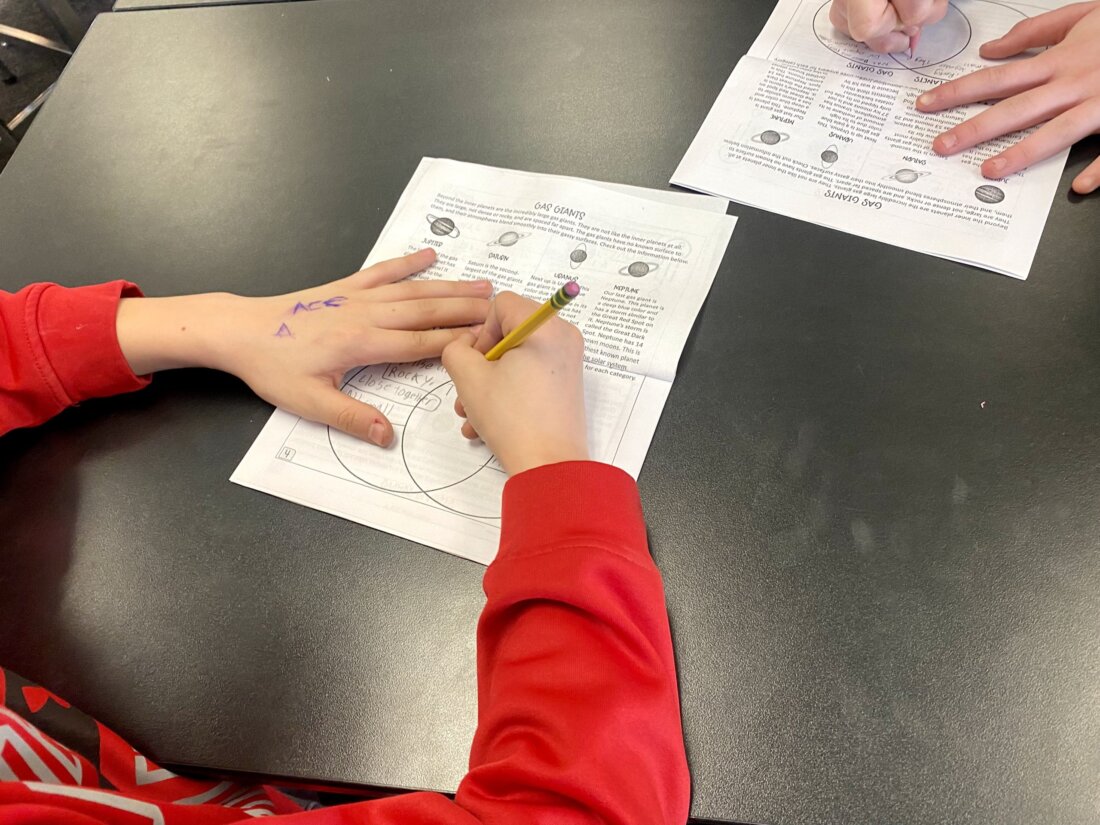
Second , students are introduced to the next four planets in the solar system, the gas giants. Jupiter, Saturn, Uranus and Neptune are the four gas giants and they are completely different than the inner planets. These giants are large, gassy, far apart, and have a lot of moons. Students will complete a Venn diagram comparing the inner planets and gas giants.
Part 3: Dwarf Planets
The dwarf planets are not usually studied for some reason. I always add them because they are part of our solar system and my kids really like to learn about these mysterious planets they have never heard of. The first dwarf planet is Ceres and it is the closest one to Earth. Scientists have known about it for hundreds of years, as it was once classified as an asteroid. It lives in our asteroid belt. The other dwarf planets, Pluto, Eris, Makemake and Haumea, reside in the icy Kuiper belt beyone Neptune.
Part 4: Measuring Planetary Distances
Next, students are taught how scientists measure distances in space. They will realize that using measurements such as miles or kilometers just cannot work – the distances are too big!
Fun Facts included in this project:
- When sunlight leaves the surface of the sun, it takes 8.3 minutes to reach us on Earth.
- If light could bend, it would be able to travel around Earth over 7 times in one second!
Finally, students are invited to Guess the Planets. The astronaut featured on the page is leading a tour group on a visit to some of the planets. She left out some names, and students will try to name the planets with the amount of information given. They will also be asked to plan a trip to a dwarf planet for their family. Students are encouraged to research a dwarf planet of their choice and find some interesting facts about it.
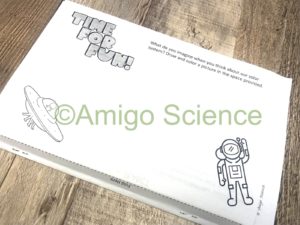
Finally, just for fun, students are encouraged to draw and color a picture of something in the solar system. This may be one of the best parts of the lesson – I love to see the creativity and artistic skills of my students.
Digital Solar System Flip Book Project
If your school is online right now, no problem! This resource is fully digital! This option contains the same information as the printable version. This option also saves paper and is available instantly for your class. This is a great idea if you are stuck for a lesson plan that needs to be delivered quickly.
End the Lesson With Exit Tickets
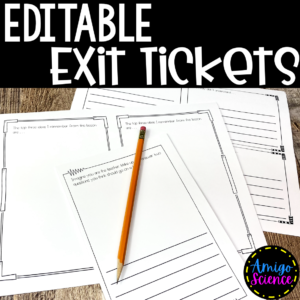
One great and effective way to end a lesson is through the use of printable exit tickets. In this blog, I discuss ways to use this formative assessment tool. The great part about these exit tickets is they are editable AND come pre-made so you can just print and go.
Some ideas for exit tickets prompts:
- Name one inner planet you found interesting. What are two features you can remember about this planet?
- Take a trip to Pluto! Draw what you see. What does the sun look like from Pluto?
- If humans can never live on our gas giants, why should we even study them?
Freebie Time!

Check out the quality of my work! I am so sure you will love it I want you to have two free lesson plans. One on the inner planets and one on the gas giants. Both lessons include lesson plan, digital and print student copies, worksheets, task cards and Boom cards! In addition to this incredible FREEBIE, I’ll also send you periodic teaching tips and tricks and of course, more freebies!
Check out my other astronomy resources by CLICKING HERE. Consider joining my email list to learn about new products, sales and freebies!


